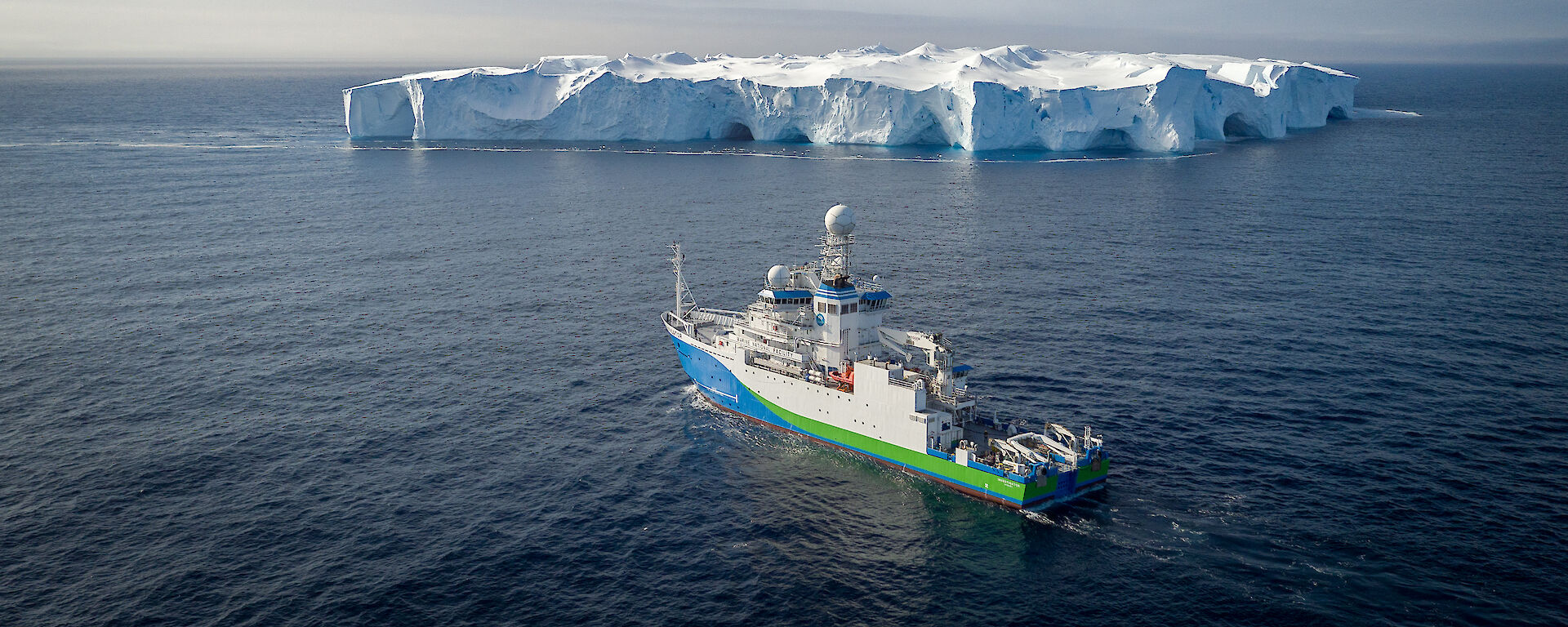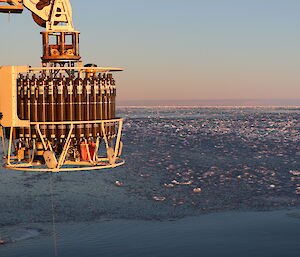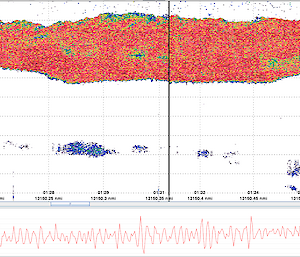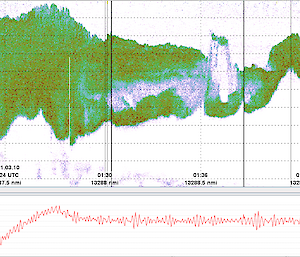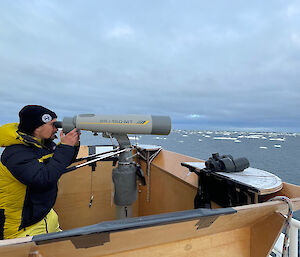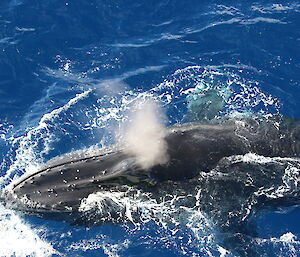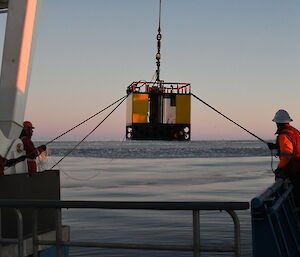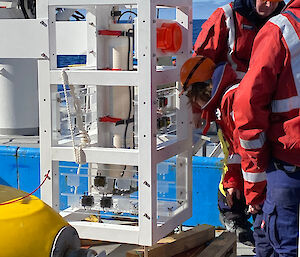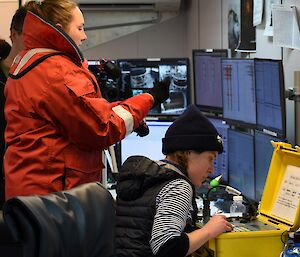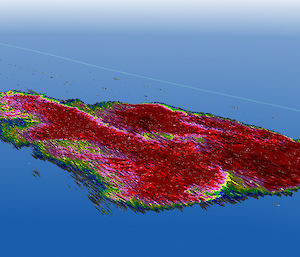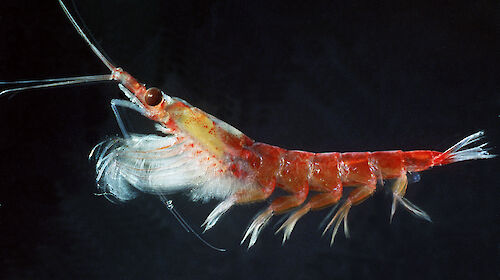Minister for the Environment Sussan Ley said the Australian Antarctic Program research on CSIRO Research Vessel (RV) Investigator will help protect krill from over-harvesting and would be used directly by international bodies such as the Commission for the Conservation of Antarctic Marine Living Resources (CCAMLR) in addressing long term impacts on the ecosystem.
“This is world leading research and I congratulate the teams, who over eight weeks, have achieved some extraordinary breakthroughs with the deployment of new camera technologies providing insights to the life of krill that we’ve never had before,” Minister Ley said.
“The importance of understanding and protecting krill populations cannot be overstated and at a time when commercial krill fishing is looking to expand into new areas, this research will play a critical role in ensuring sustainable catch limits.”
Australian Antarctic Division’s Dr So Kawaguchi, the voyage’s Chief Scientist, said the use of novel technologies enabled pioneering projects to be undertaken.
“We anchored three special cameras and echo sounders on a range of different seabeds, where they’ll record krill at depths of up to 1500 metres over the next year or so, including when covered by ice during winter. This will give us completely new information,” Dr Kawaguchi said.
“For the first time ever, scientists on board were also able to deploy our new camera system designed to provide a 3-dimensional krill’s-eye view of their swarms in the Southern Ocean.”
“We found a krill super-swarm that was 3,200 metres long, 300 metres wide, and 100 metres thick, the size of which I’ve never encountered before in my career,” he said.
More than 80 fin and humpback whales feeding on krill converged on this super-swarm alone. Throughout the voyage, scientists recording krill predators sighted more than 1400 whales and hundreds of seals and penguins.
“Now our challenge is to turn all this data into a reliable estimate of krill biomass in this region,” said Dr Kawaguchi.
Dr Tara Martin, Facilities Program Director of the CSIRO Marine National Facility, said it was a record-breaking voyage.
“The voyage took RV Investigator further south and further west than ever before, with the ship at times being closer to Africa than Australia,” Dr Martin said.
“These research voyages are crucial to help us better understand Australia’s vast marine environment and ensure the prosperity of our growing blue economy.”
The voyage was supported by the Australian Antarctic Division, Pew, Australian Antarctic Program Partnership and the Antarctic Science Foundation, and by a grant of sea time and science support on RV Investigator from the CSIRO Marine National Facility.

